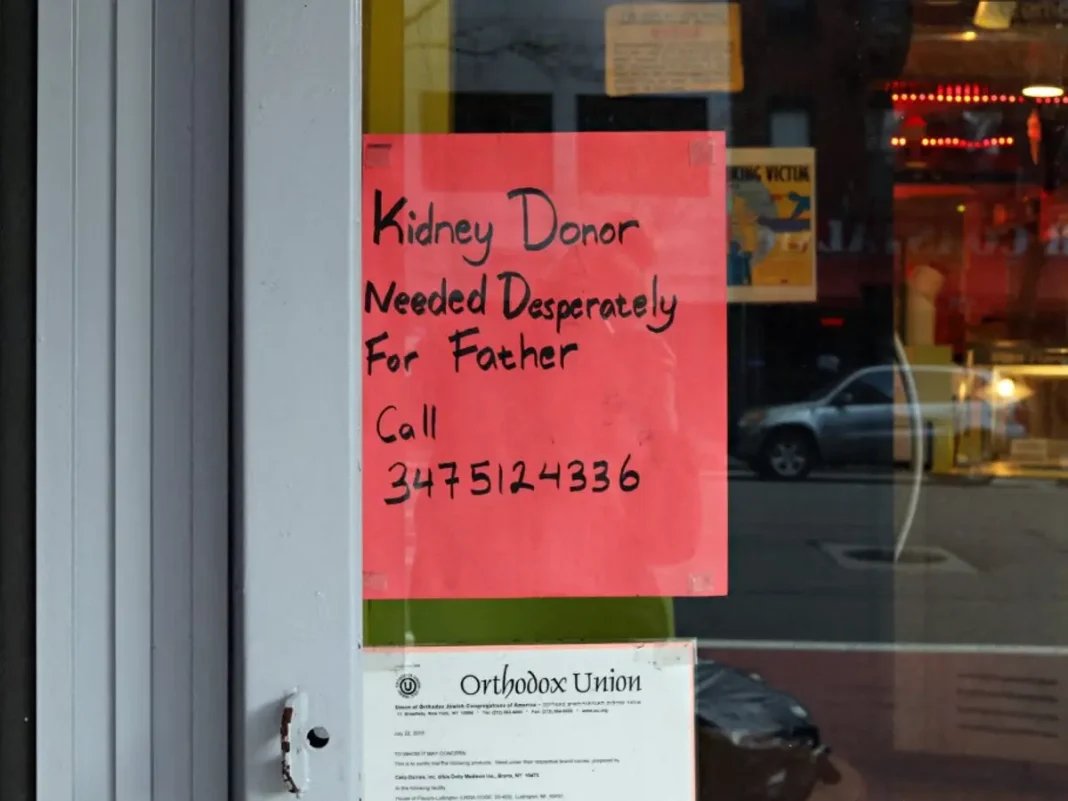Key Takeaways
- Scientists have developed a ‘universal’ kidney theoretically compatible with all blood types.
- The organ functioned successfully in a brain-dead person’s body for a limited period.
- Enzymes were used to remove blood type antigens that trigger immune rejection.
- Further research is needed to ensure long-term stability before human trials.
Scientists are on the verge of a major breakthrough in organ transplantation. A collaborative team from Canada and China has developed what they term a ‘Universal Kidney,’ designed to be compatible with any blood type.
In a significant test, the modified organ survived and functioned properly within the body of a brain-dead person. Researchers achieved this by converting a type A kidney into a type O kidney using specific enzymes.
The enzymes work by stripping away the sugar molecules, or antigens, that define a kidney’s blood type. This process essentially removes the markers that would normally trigger an immune response from recipients of different blood groups.
“It’s like removing the red paint from a car and uncovering the neutral primer…Once that’s done, the immune system no longer sees the organ as foreign,” said biochemist Stephen Withers from the University of British Columbia in Canada.
Challenges Remain
However, the modification did not provide completely stable results. By the third day, the Type A antigens began to reappear, triggering an immune response. Although the reaction was contained and less severe, with signs the recipient’s body was attempting to adjust to the kidneys, the instability presents a significant hurdle.
Published in Nature Biomedical Engineering, the study highlights several challenges before human trials can begin. For clinical application, the antigen removal must remain stable long-term. Other immune system components, such as T cells, could also potentially attack the graft.
The study does not detail potential side effects of the enzyme treatment. However, if researchers can translate this theoretical success into clinical practice, it could dramatically reduce organ donor shortages, waiting times, and inequalities in transplantation access.





